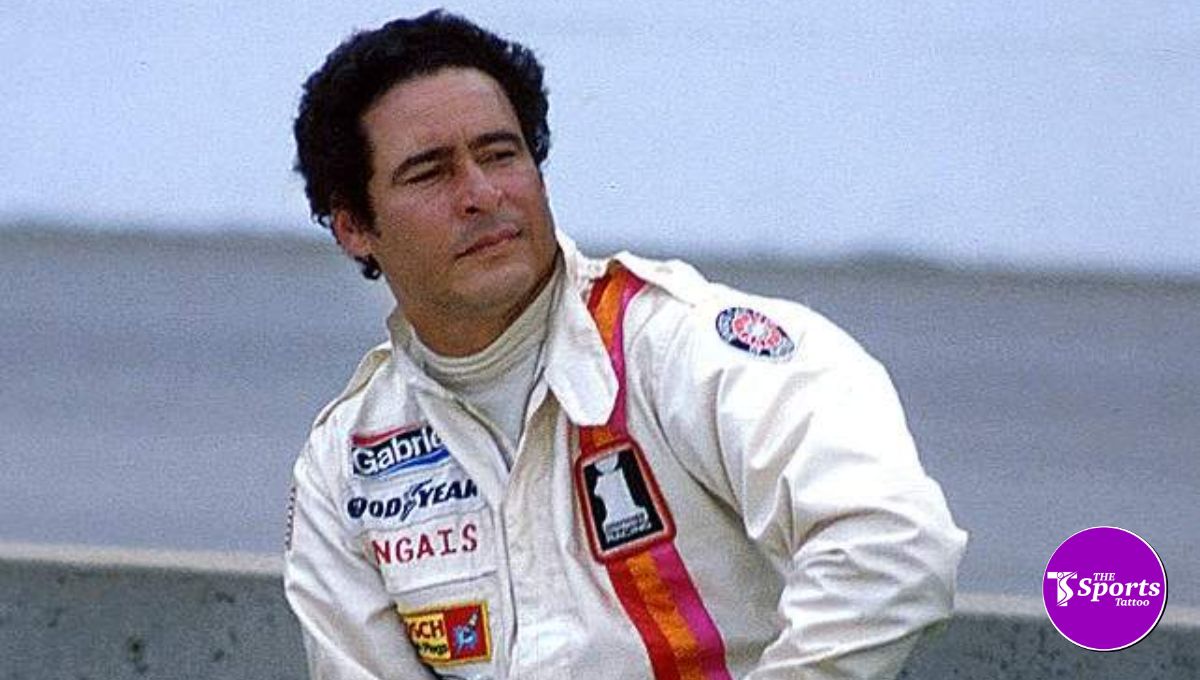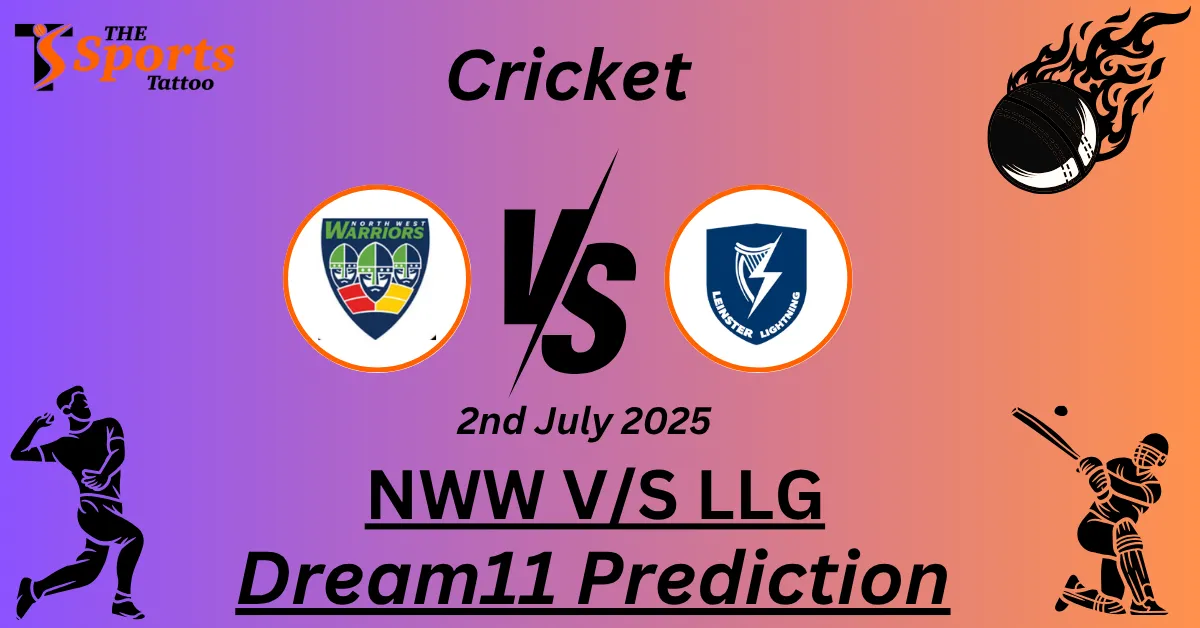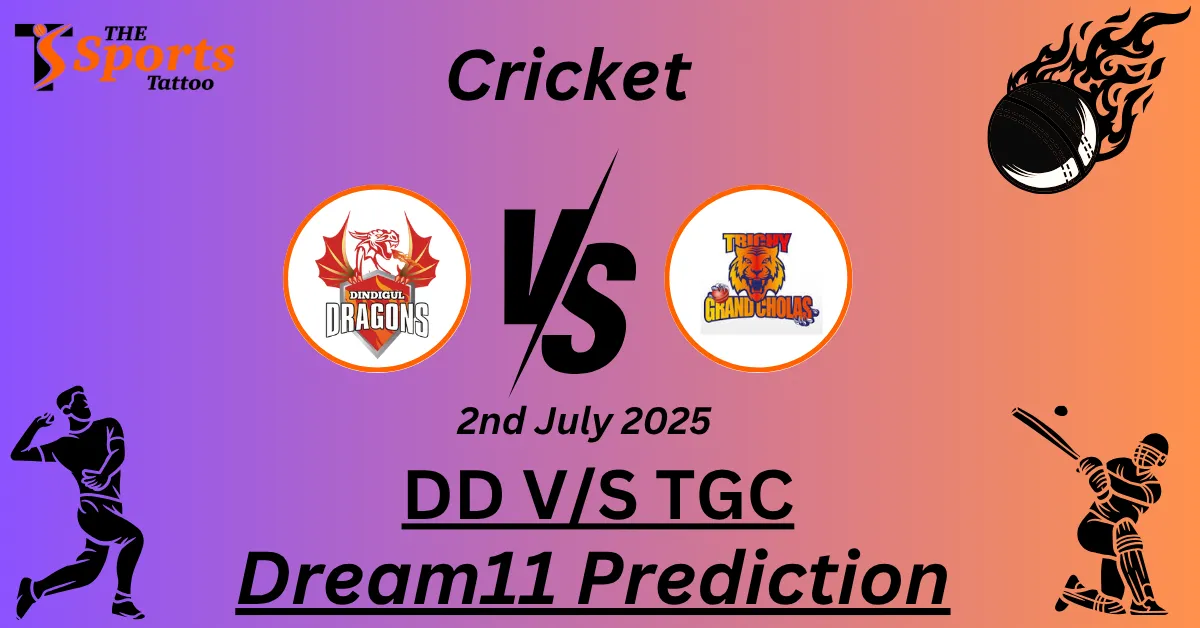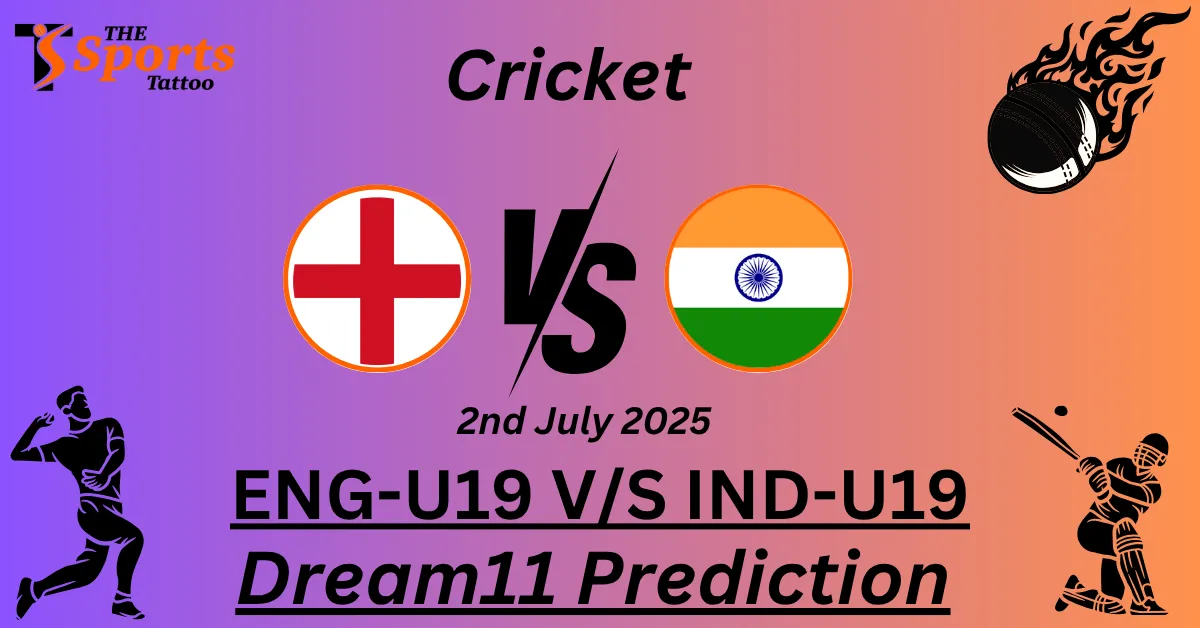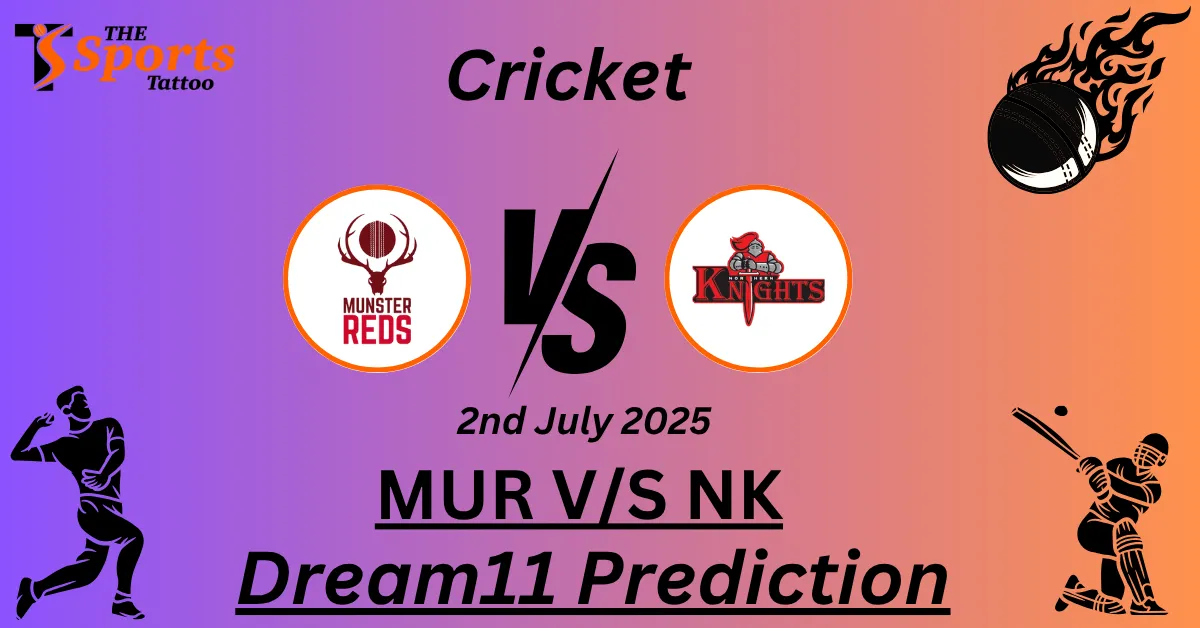Danny Ongais Biography: Danny Ongais was a racing driver from the United States. The only native Hawaiian to compete in the Indianapolis 500 was Ongais. He professionally raced motorcycles, sports cars, CART, IndyCar, Formula One, and dragsters. Check out this entire blog to know everything about him.
Table of Contents
Danny Ongais Biography
Danny Ongais Biography: Danny Ongais was born in Kahului, Hawaii, on May 21, 1942. He tried out motorbike racing at the age of 14 and had some success. Ongais joined the United States Army as a paratrooper stationed in Europe in the late 1950s. He was later released and returned to Hawaii to race cars. Ongais won the Hawaiian motorcycle championship in 1960 and finished in the top three in the expert class from 1960 to 1962.
He began competing in drag racing in the early 1960s. In 1963 and 1964, he won the American Hot Rod Association A.A. Gas Dragster Championship in 1965, he won the National Hot Rod Association A.A. Dragster Championship. At the 1966 HHRA Nationals Top Fuel semifinals, he defeated Don Prudhomme. In 1969, he won the NHRA Spring Nationals and NHRA U.S. Nationals in the Funny Car class while driving for Mickey Thompson in a Ford Mustang.
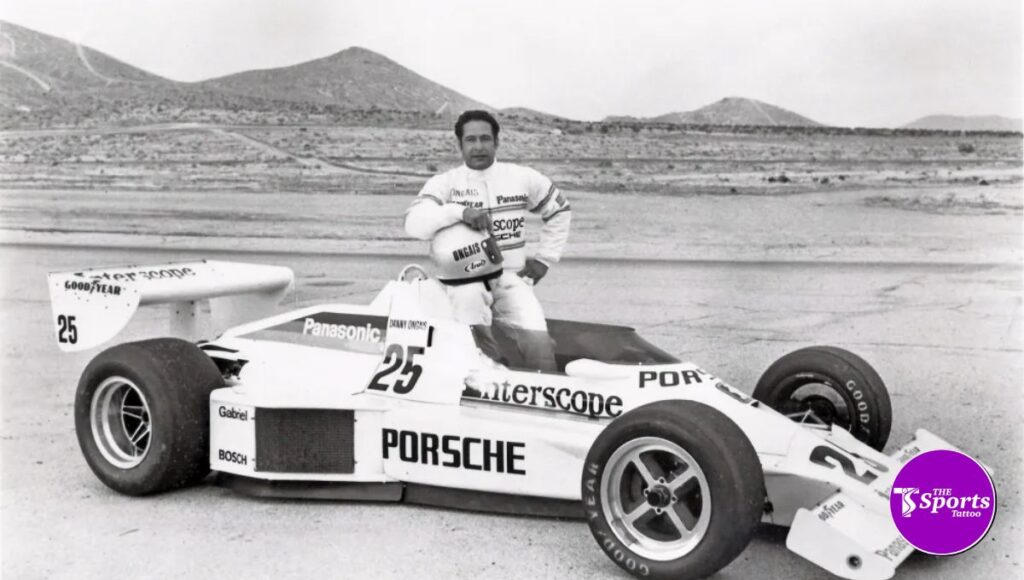
Danny Ongais Wikipedia
| Name | Danny Ongais |
| Date Of Birth | May 21, 1942 |
| Birth Place | Kahului, Hawaii |
| Died | February 26, 2022 (at the age of 79) |
| Height | N/A |
| Weight | N/A |
| Zodiac Sign | Taurus |
| Profession | Racing Driver |
| Net Worth | N/A |
| Car Collection | N/A |
Also Read: Cristiano da Matta Biography, Wiki, Height, Weight, Racing Career & More
Danny Ongais Career
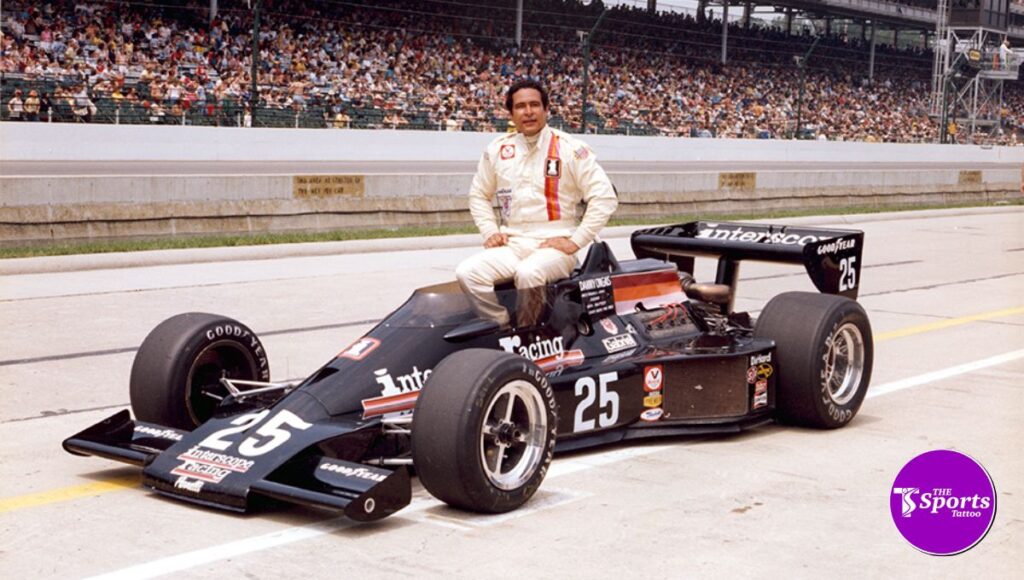
In 1978, the most successful year of his Indy car racing career, Ongais won five additional races at Ontario Motor Speedway, Texas World Speedway, Mosport, the Milwaukee Mile, and Michigan. He also claimed eight qualifying pole positions. The victory at Michigan in 1978 was going to be Ongais’ final Indy car victory.
Although Ongais won more Indy car races than any other driver in 1978, he finished eighth in the USAC Indy car championship due to mechanical issues and poor finishes in other races. Nonetheless, these five victories three on the large superspeedways at Ontario, Texas, and Michigan, one on the short Milwaukee Mile oval, and one on the road course at Mosport illustrated Ongais’ versatility as a driver.
In 1978, he also made his last F1 attempt. He began the season with the Ensign team in a one-year-old N177 chassis and was forced to retire in Argentina and Brazil due to brake issues. Interscope soon purchased a new Shadow chassis for him to race, but he failed to qualify at Long Beach and the Netherlands later in the season.
Ongais and Field continued to drive sports cars successfully, primarily in the IMSA Camel GT competition, for the decade and the remainder of their careers. During this period, the highlight of their sports car efforts was a victory in the 1979 24 Hours of Daytona, in which Ongais, Field, and Hurley Haywood shared an Interscope Porsche 935.
